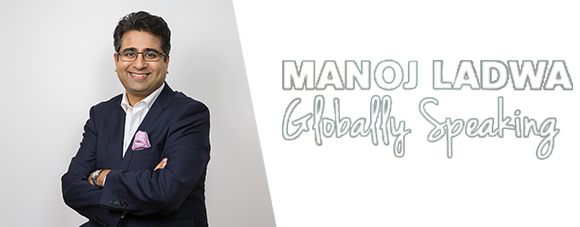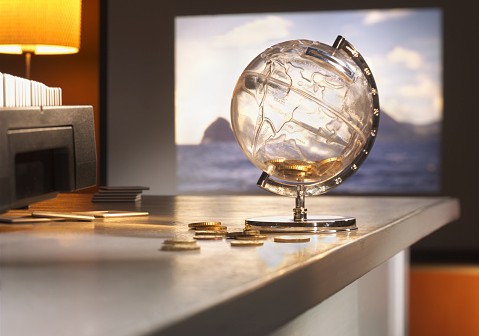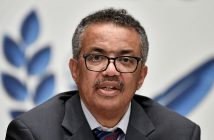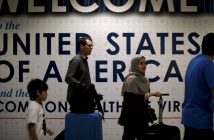As Indian Prime Minister Narendra Modi landed in snowed-in Davos, the World Economic Forum (WEF), it seemed, just couldn’t get enough of India. A reception at the Congress Center, the main WEF venue, had a distinctly Indian flavour, what with samosas, kachodis and dosas (Indian savoury snacks) going around. Bollywood superstar Shah Rukh Khan was felicitated at the 24th Annual Crystal Awards, which recognise and honour “artists who have shown exemplary commitment to improving the state of the world”. Hollywood star Cate Blanchett and music legend Elton John were also similarly felicitated. Then, two celebrated yoga teachers from India held daily classes, projecting Indian soft power at the summit.
And PM Modi, the first Indian head of government to attend the Davos summit in two decades (the last being an uneventful visit by Deve Gowda), met 40 CEOs from large global corporations — with a combined market capitalisation of $3.3 trillion — such as Satya Nadella or Microsoft and Dirk Hoke of Airbus as well as Indian industry leaders such as MukeshAmbani at a roundtable dinner and invited them to invest further in India.
The meeting went on for two hours. Modi spoke to each CEO personally, and patiently responded to their queries. He pointed out that India was “moving from ease of doing business to ease of living” and his administration was now focussing on ensuring that businesses faced “less conflict with government”.
Modi’s hard-sell received a thumbs-up from a neutral corner when the International Monetary Fund (IMF) forecast Indian GDP growth in 2018 at 7.4 per cent. The projection for the following year is even higher, at 7.8 per cent. The Prime Minister pointed out that his two hugely disruptive but necessary structural reforms measures — demonetisation and the launch of the Goods and Services Tax — have cleaned up many of the cobwebs hindering growth, and put the economy back on the fast-growth trajectory.
For these numbers to bear out, growth will have to pick up significantly in the second half of this year. This is entirely possible, even likely, given that Gross Fixed Capital Formation (GFCF), a proxy for investments in the economy, is likely to grow at 6.5 per cent compared to only 2.9 per cent last year and 5.8 per cent the year prior to that.
Even the Private Final Consumption Expenditure (PFCE) figure is projected to log a growth rate of 8.8 per cent this year.
These two figures augur well for the Indian economy and point to scattered green shoots, visible for a while across various Indian industry sectors, consolidating and gathering pace. And with one eye on the general election in 2019, proves that Modi remains a master of timing.
The numbers and the vote of confidence from the IMF indicate that PM Modi has a credible story to tell and a great product to sell.
This article was first published in Business World Magazine.







